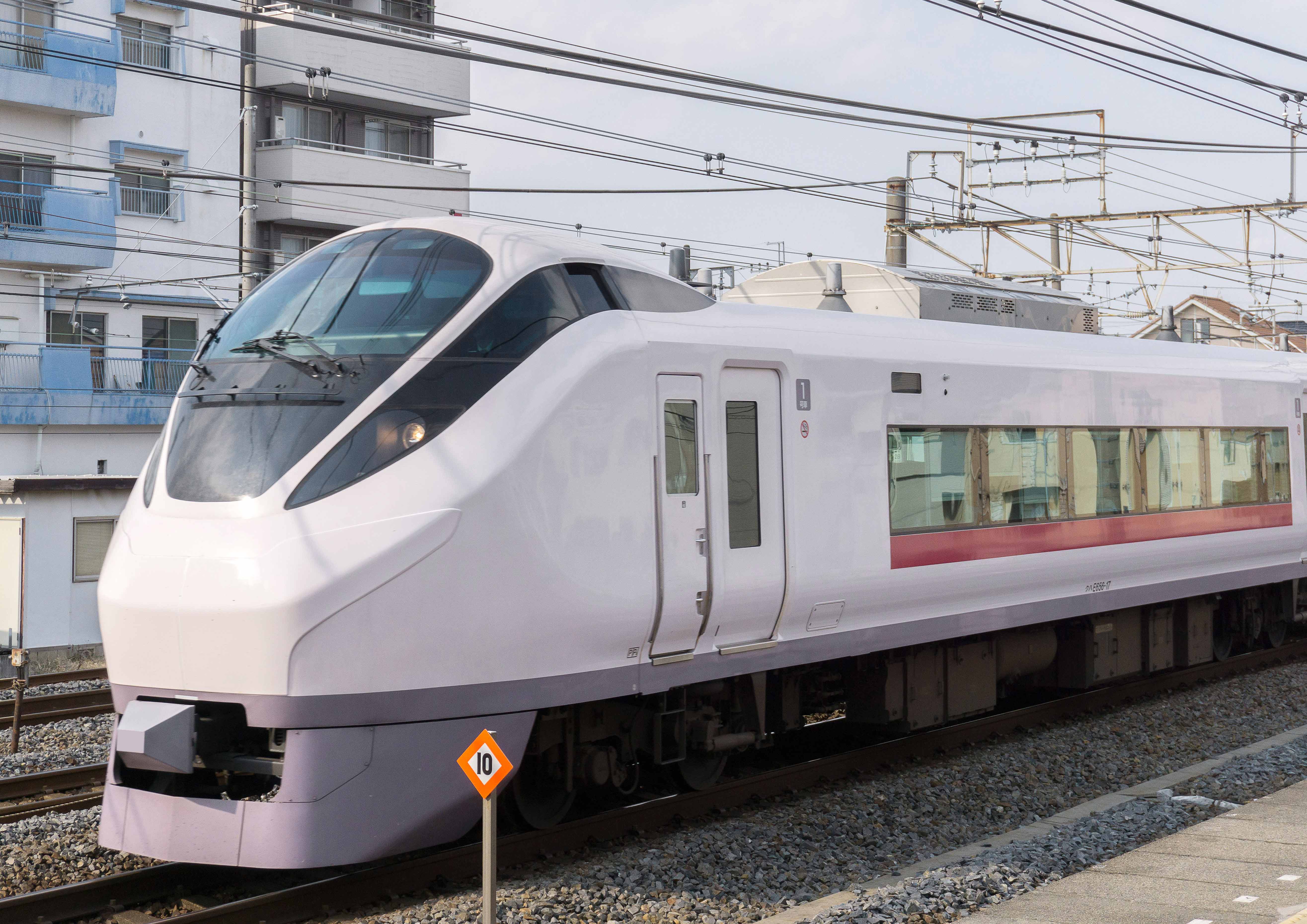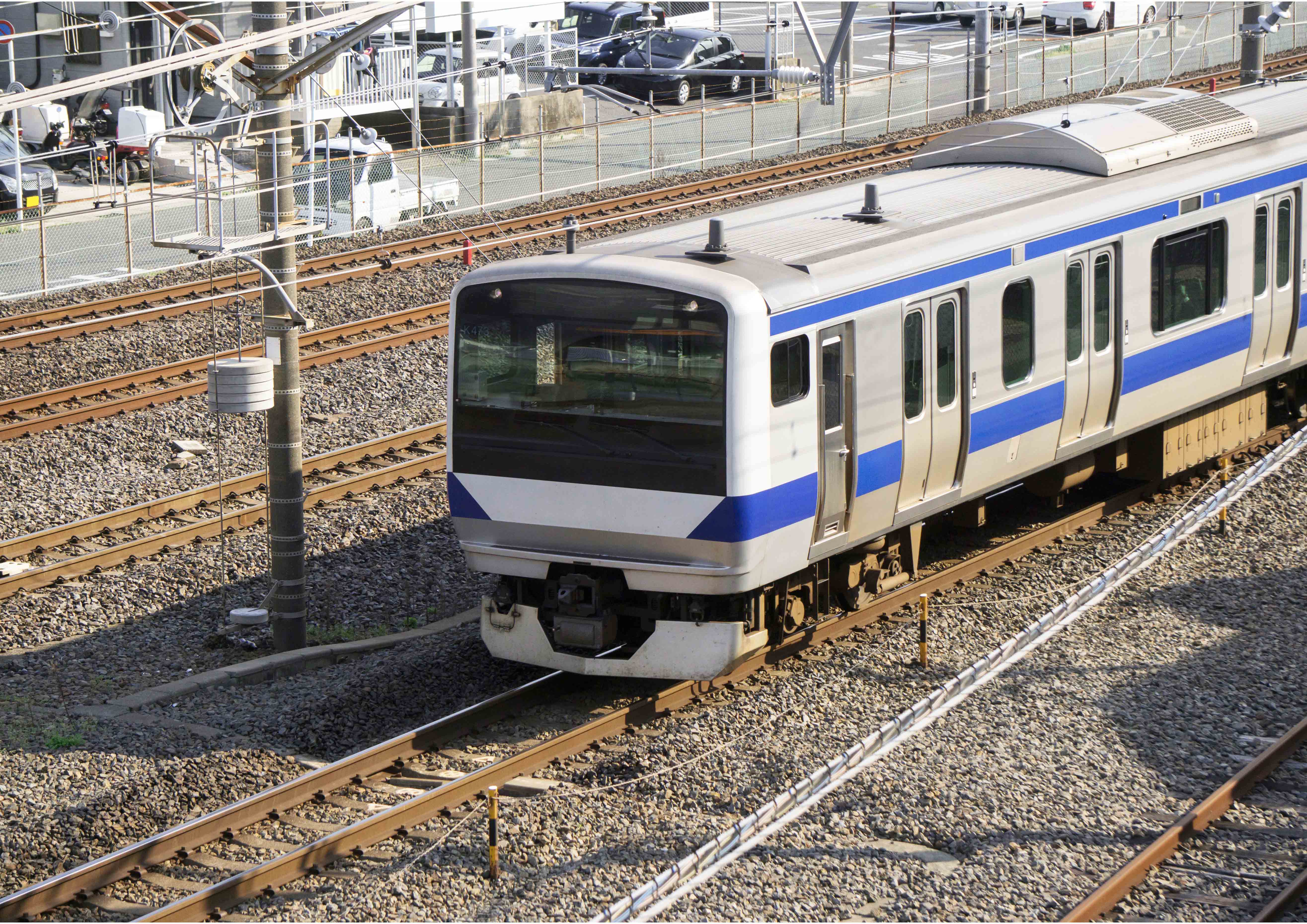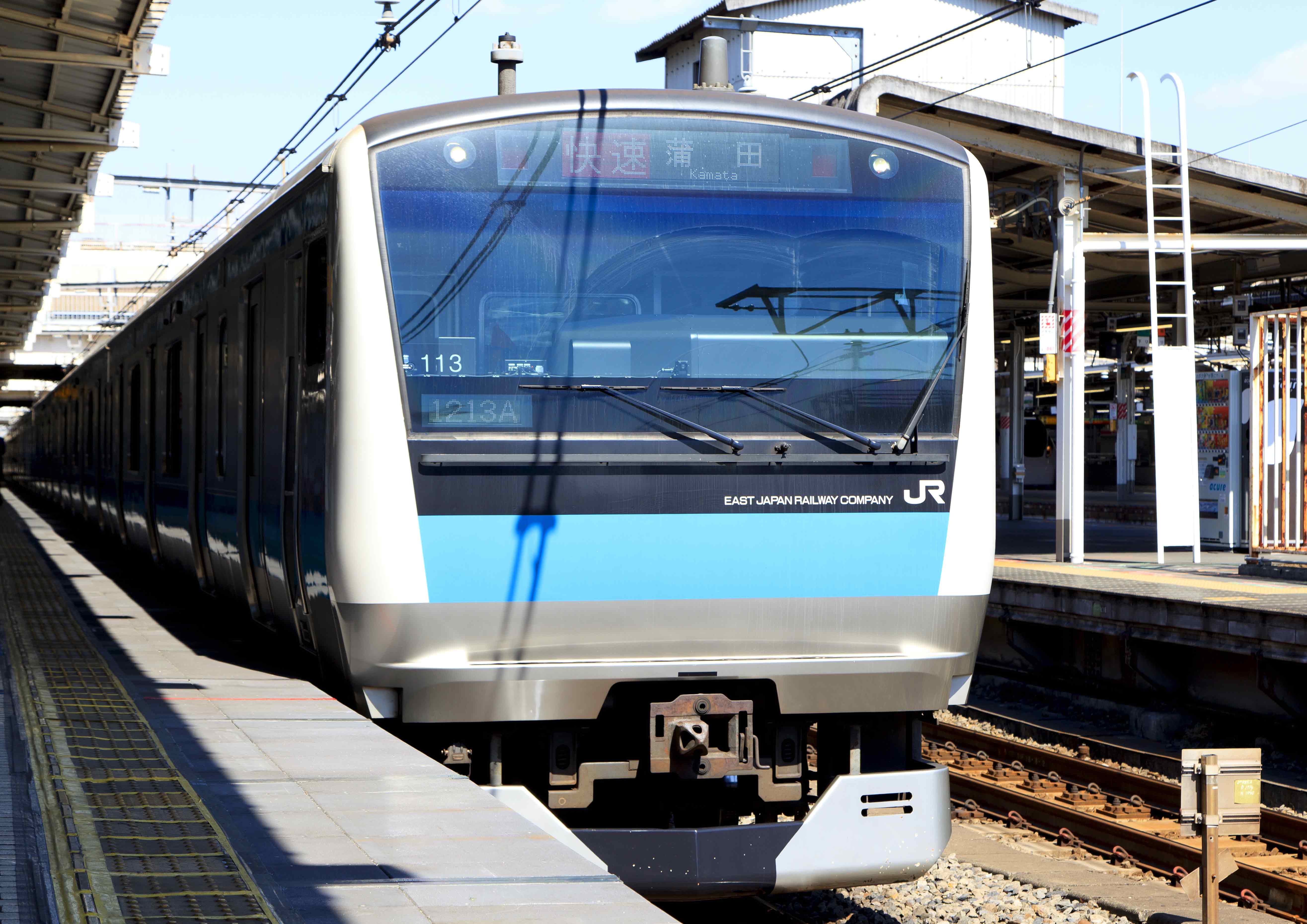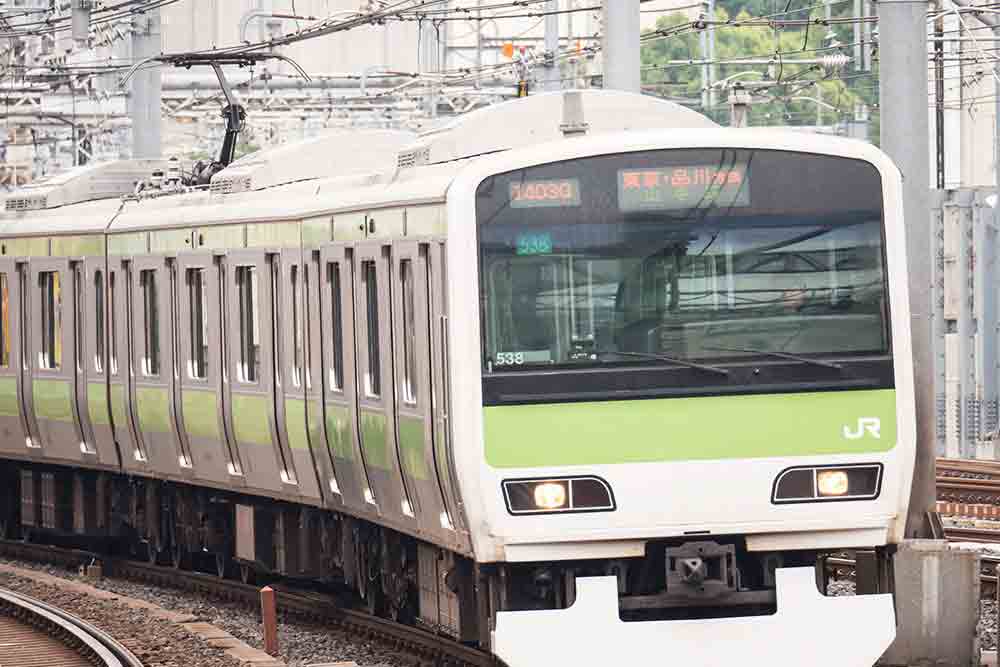Perhaps you are considering using a train as the main mode of transportation during your stay in Japan. There are many comprehensible apps that help when routing transfers, so when traveling in a majority city, we recommend those. It’s also often detailed and includes all station names.
.png)
Of course, as can be seen in other means of transportation, the mornings and evenings can be very crowded. It’s accessibility is strongly routed in everyone’s daily lives. Especially the rush hour on an urban train is hectic. It is better to shift your travel time so as to avoid it. Really.
One important piece of information you might benefit from knowing is depending on the route, you may buy an all-day commuter pass. In areas where tourist attractions are concentrated, these tickets are usually sold. This is recommended for people who want to walk around and sightsee one region all day. Do look into this!
Type of train

When using trains such as the Shinkansen or the Conventional Line, we ask you to be careful, as depending on the type of train, the stops it makes differs. Please thoroughly check the timetable and the bulletin of information in the station terminals. If in doubt, please ask the station staff who are always nearby. If you make a mistake, you will watch your destination station go by at great speed…
In the case of conventional lines, in general, there are the following types.
Special express

Trains that stop only at large stations and stations with many transfer lines. Often with the name “____ Liner.” There are trains that run only during morning and evening rush hour.
Express

The stations the express train usually stops at are comparably very packed with people, as many people use the express trains. There are some trains that say “rapid.” There are also “semi-express” that also stop at the stations where the “express” and “express” trains stop, just at a few more stations.
Normal trains

These will stop at every station. It takes time, but it is safe because it will definitely stop at all stations.
Women-only cars
Women-only cars are also in Japanese trains (on the conventional lines). The rules vary depending on the railway company. Basically, in addition to women, elementary school children and below, persons with physical disabilities or injuries and their care givers can utilize these cars.
Most of these riding rules are implemented during morning commute rush hours. Therefore, please be careful to respect the rules when using the train.




_op.png)
_001.png)
_002.png)
_003.png)
_004.png)
_005.png)
_006.png)
_007.png)
_008.png)
_op.png)
_001.png)
_002.png)
_003.png)
_004.png)
_005.png)
_006.png)
_007.png)
_op.png)
_001.png)
_002.png)
_003.png)
_004.png)
_005.png)
_006.png)
_007.png)
_008.png)
